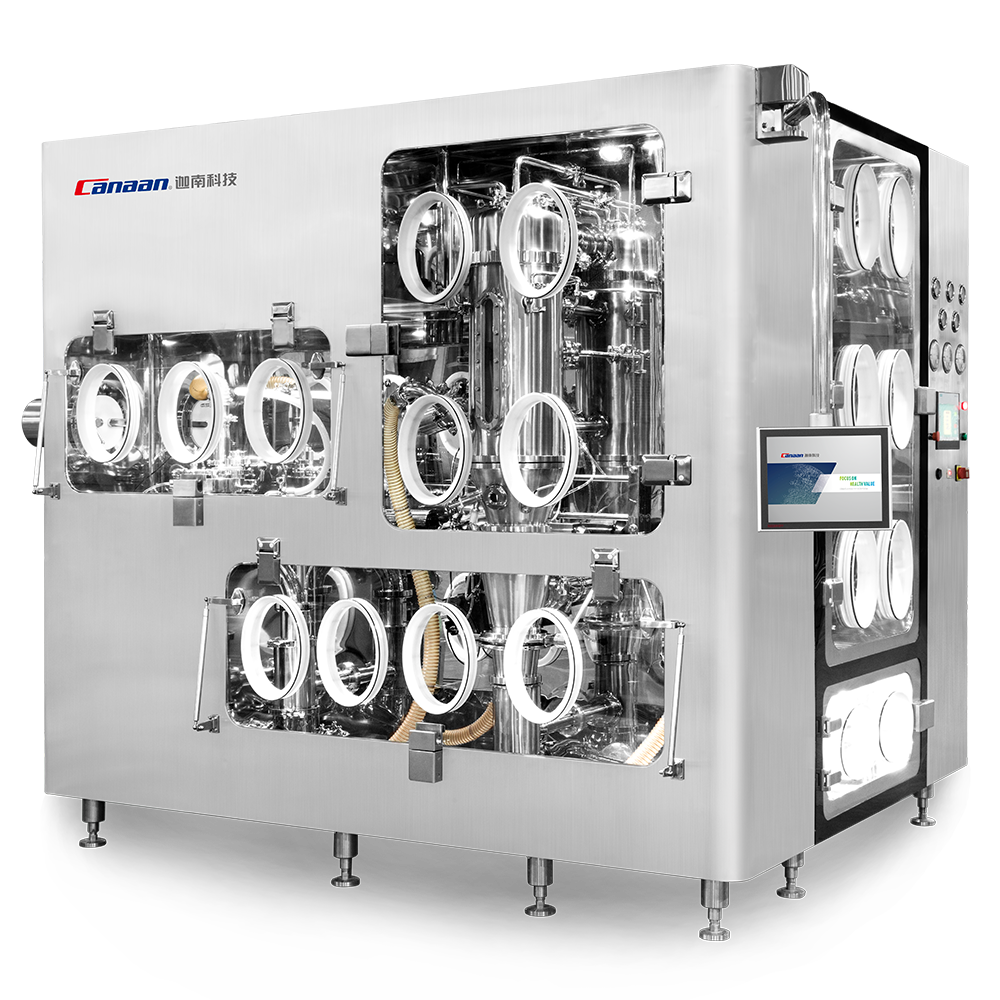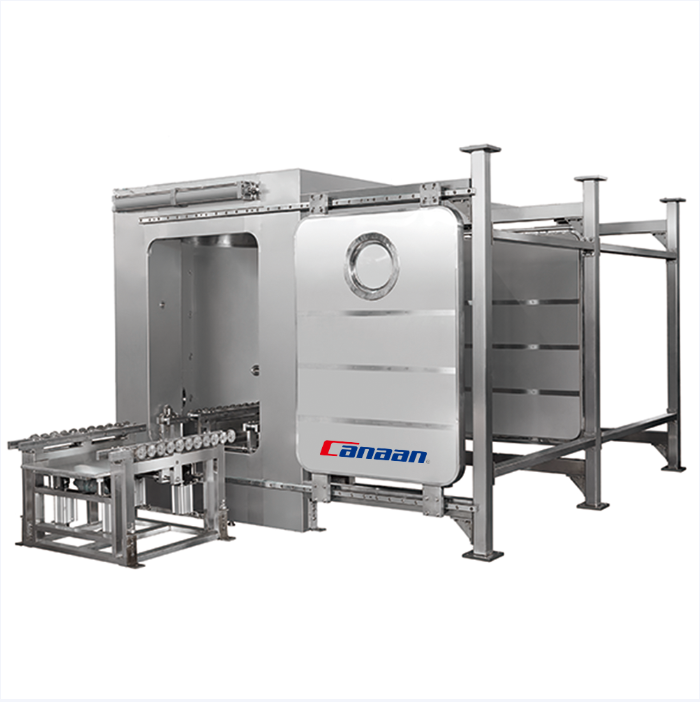Sugar coating tablets is both an art and a science. It’s the process that gives many pills their smooth, shiny, and often colorful exterior.
But why bother with this extra step?
Sugar coating serves several purposes: it masks unpleasant tastes, protects the tablet from moisture, and makes pills easier to swallow.

Unlock the Power of Perfect Sugar Coating with Canaan!
What is sugar coating? Sugar coating is a method of covering tablets with a sugar-based layer. This process, also known as candy sugar coating, involves multiple steps to achieve that perfect, glossy finish.
The sugar-coating process typically follows these steps:
| Step | Description |
| 1. Tablet Preparation | Clean and dry the tablets. |
| 2. Sealing | Apply a thin polymer layer to protect from moisture. |
| 3. Subcoating | Smooth the tablet surface with a subcoat. |
| 4. Syrup Coating | Apply 30 to 60 layers of sugar syrup, drying each layer. |
| 5. Smoothing | Ensure an even surface by controlling drying conditions. |
| 6. Color and Polish | Add color and polish with waxes for shine. |
Before coating, tablets must be clean and dry. Any dust or imperfections can lead to coating defects. This step often involves using a tablet deduster to remove loose particles.
A thin polymer layer seals the tablet, protecting it from moisture in the coating. This seal coat is crucial for moisture-sensitive drugs and ensures the sugar coating doesn’t interact with the active ingredients.
This step smooths out the tablet’s surface, preparing it for the sugar layer. The subcoat fills in surface irregularities, creating a uniform base for the sugar layers.
Multiple layers of sugar syrup are applied. Each layer dries before the next is added. This gradual buildup allows for a smooth, even coating. The number of layers can range from 30 to 60, depending on the desired thickness.
As layers build up, the tablets are smoothed to maintain an even surface. This is often done by carefully controlling the pan speed and airflow during the drying process.
Final layers often include color. A last polish gives the tablets their characteristic shine. The polishing process involves tumbling the tablets in a pan with waxes or other polishing agents.
Sugar coating requires specialized equipment:
Modern coating pans are often automated, controlling temperature, airflow, and pan speed for consistent results.
The heart of sugar coating is the syrup. It’s typically made from:
The syrup’s concentration and temperature are crucial. Too thin, and it won’t adhere properly. Too thick, and it may clump or create an uneven surface.
While sugar coating can produce beautiful tablets, it’s not without challenges. Common problems include:
Tablets sticking together during coating. Cause: Overloading the pan or insufficient drying between layers. Prevention: Maintain proper pan load and ensure adequate drying time.
A bumpy, textured surface. Cause: Syrup applied too quickly or at the wrong consistency. Prevention: Adjust syrup viscosity and application rate.
Inconsistent coloring across batches. Cause: Uneven drying or variations in syrup application. Prevention: Ensure uniform spraying and consistent drying conditions.
Fissures in the coating. Cause: Rapid drying or thermal shock. Prevention: Control temperature and humidity during coating and drying.
Coating filling in embossed details. Cause: Excessive coating thickness or improper subcoating. Prevention: Optimize subcoating and control overall coating thickness.

Want to Know the Key Differences Between Sugar Coating and Film Coating?
To address these pitfalls:
Sugar coating can be resource-intensive. Modern processes focus on:
Some manufacturers are exploring alternatives to traditional sugar coatings, like film coatings, which can be more environmentally friendly.
Ensuring coating quality involves several checks:
Regular quality checks help catch and correct issues early in the process.
While sugar coating remains popular, the pharmaceutical industry is always evolving. Future trends may include:
Despite challenges, sugar coating continues to play a vital role in pharmaceutical manufacturing. It combines the appeal of a candy-like exterior with the serious business of drug delivery, making medicines more palatable and effective for patients worldwide.
Ready to perfect your sugar coating process? Our expert consultants and cutting-edge equipment can help you achieve flawless, efficient tablet coating.
Contact us today to discuss how we can enhance your pharmaceutical manufacturing!




Introduction: Aseptic Isolators in High-Containment Scenarios The demand for aseptic isolators is increasing due to the growing need for oncology therapies and strict regulatory standards like ISO 14644 and EU GMP. The pharmaceutical industry is heavily investing in research and development to create new treatments. Market dynamics, including demand trends, regulatory challenges, and technological advancements, […]

Maintaining impeccable cleanliness is the foundation of pharmaceutical manufacturing, and bin washing stations play a pivotal role in achieving this. These systems are designed to efficiently clean and sanitize bins, containers, and other equipment used in handling sensitive materials. But how do they work? Let’s break down the process step by step to give you […]

Key Takeaways What Is a Containment Isolator? Unveiling the Safety Shield in Pharmaceutical Operations Containment isolators, like the soloADC™ Disposable Containment System, are designed to ensure safety when handling hazardous substances. They are enclosed workspaces that create a physical barrier between the operator and the hazardous materials. This barrier is crucial for protecting operators, preventing […]